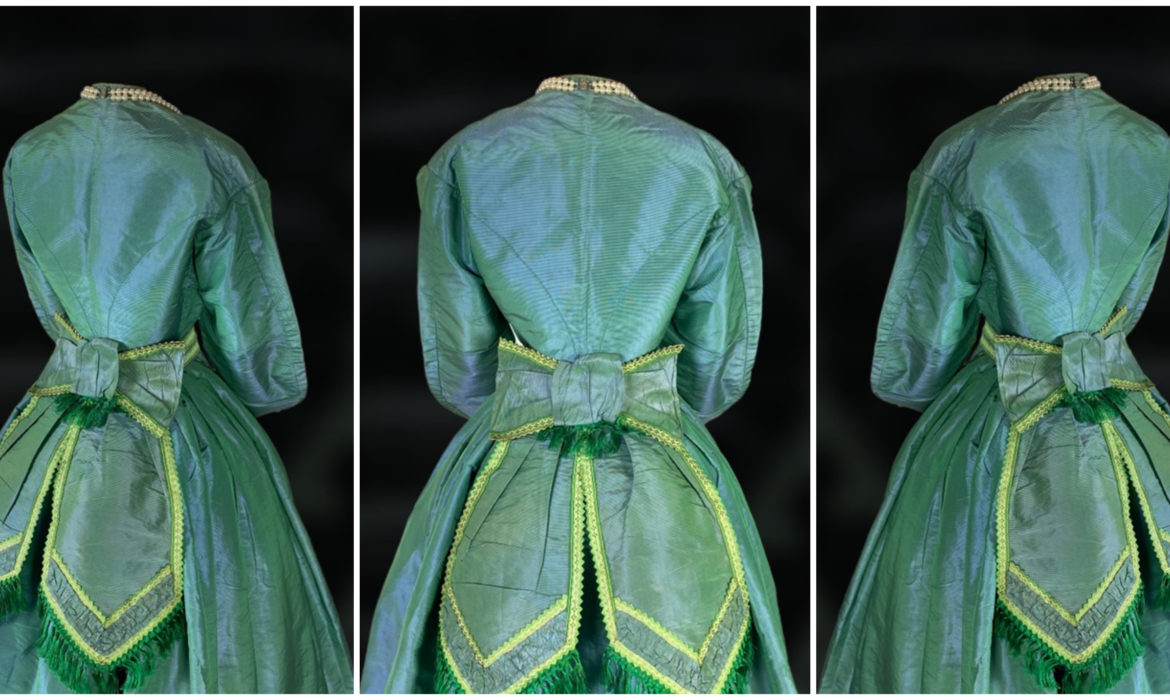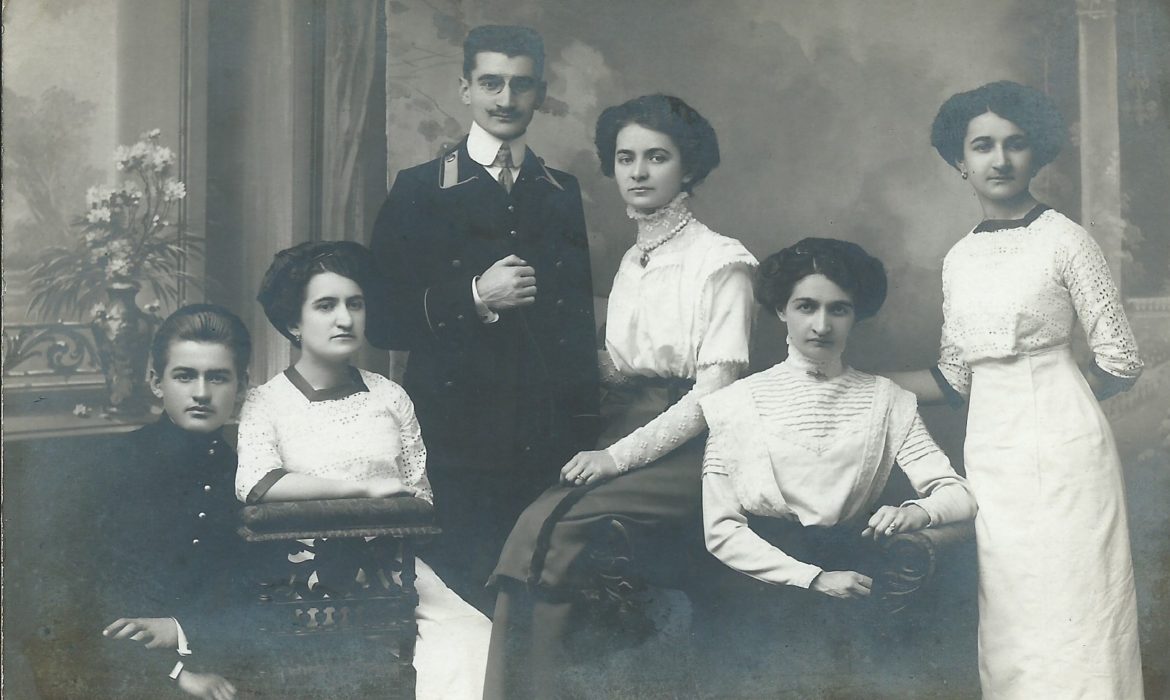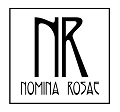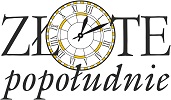In Mode. Garment exhibition in the GNM in Nuremberg
| On Oct09,2018In the Germanisches National Museum in Nuremberg from December 3rd, 2015 till March 6th, 2016 an exhibition presenting clothes from the Renaissance period and early baroque is available. Read a short report of our visit at the exhibition.
In the Germanisches National Museum in Nuremberg from December 3rd, 2015 till March 6th, 2016 an exhibition presenting clothes from the Renaissance period and early baroque is available. The exhibition includes surviving clothing items from the GNM collections, and also objects lent from other museum collections, incl. a cape from Paris atelier of Worth from Brooklyn Museum Costume Collection of the Metropolitan Museum of Art. Together with the garments (two dresses, doublets, kaftans, coats, trousers) the exhibition includes also accessories (headdresses, shoes, ruffs, sleeves), and also portraits, old prints (clothing albums), engravings and tailoring tools and brushes for garment cleaning.
The exhibition is opened by presentation of photographs from a fashion show held in 1954 using (dreadful!) original garments collected in the museum since as far as 19th century. Part of the exhibition was dedicated to the 19th century interest in historical fashion, mentioning the character of Vienna painter Hans Makart and combining a splendid Renaissance woolen coat with rich ornamentation (around 1580/1620) with a cape from 1895 r. made in Worth’s atelier on commission of wealthy clients from overseas.


source: http://www.gnm.de/ausstellungen/aktuell-und-vorschau/in-mode/
Apart from the woolen coat, also a coat of red satin with lavishly embellished hem (around 1600–1620), long red woolen coat (1650–1700), red velvet coat with a stand-up collar (1560–1580), blue felt cape from around 1620–1630 and magnificent Spanish leather hooded cape with from around 1571 accompanied by a copperplate presenting a Spanish knight from the Divesarum gentium armatvra eqvestris… by Abraham de Bruyn.
Also three knitted silk vests (camisole) from early 17th century were presented. The blue one has a decoration inspired by “Polish” braid.

The doublets presented on the exhibition were made in the late 16th and in 17th centuries. – among them was a silk satin green doublet decorated with cuts and punctures with a distinctive “goose belly” and beautiful, colorful lavishly embellished silk doublet from around 1630–1640 in French style.
Among fashion accessories most interesting are: a beret with ostrich feathers from 16th century, golden coif of Nuremberg patrician woman from around 1650–1700, two linen ruffs and lace rebato with metal frame.
The exhibition also had a Polish touch – a portrait of a 8-year old Dutchman Otto van der Waeyen from 1656 wearing a Polish golden-colored żupan (painting from the collections of Museum Boijmans Van Beuningen in Rotterdam). The boy is not only wearing a Polish żupan, but also has elements of armaments – which probably served to emphasise or predict his courage and combativeness as it was seen in Polish soldiers.

source: http://collectie.boijmans.nl/en/collection/1071-%28ok%29
The exhibition is accompanied by a folder edited by Jutta Zander-Seidel.








